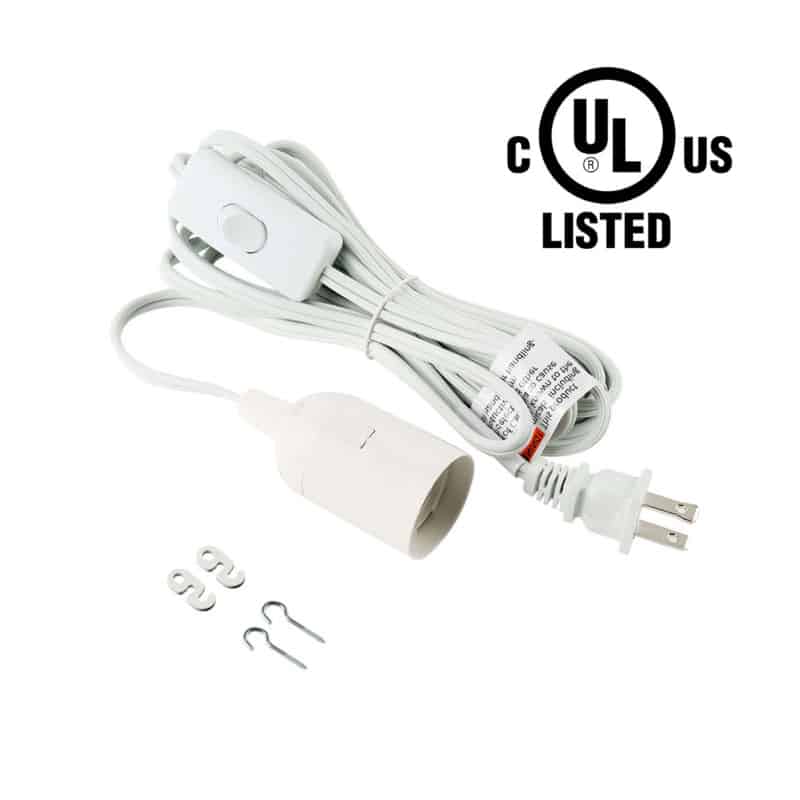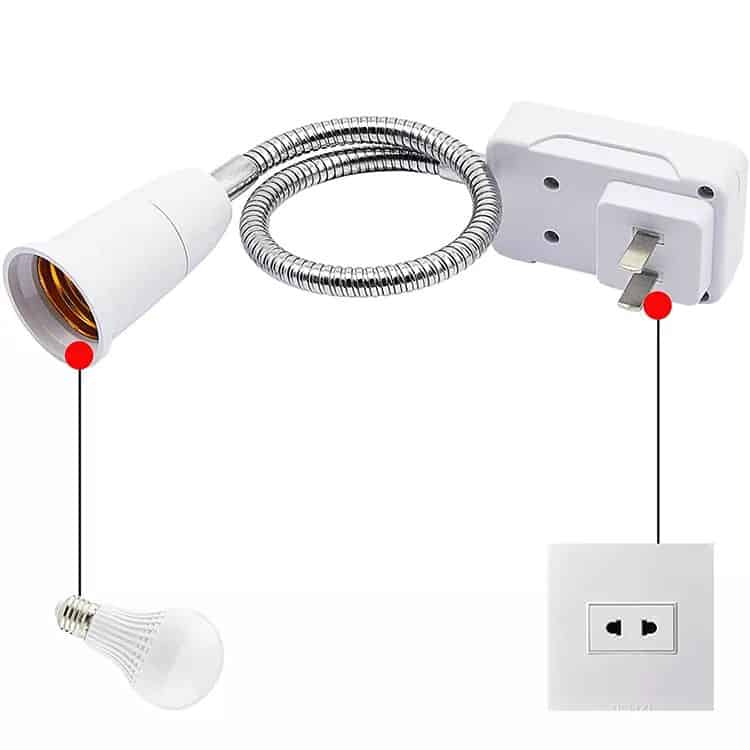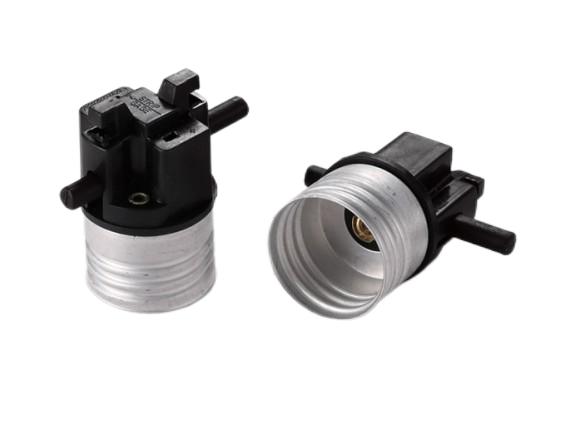Sometimes you might need to power a lightbulb and not have a light socket. You might be working on a DIY project, troubleshooting electrical problems, or creating temporary lighting. Let me show you how to safely connect a lightbulb directly to a power source using wires. It’s not that hard to do, and with the right tools and safety precautions, you can power a lightbulb with wires and no socket.
Connect the positive and negative wires to the lightbulb terminals, and make sure you use the proper safety precautions and match the voltage.
Now let’s go through the steps for how to safely power a lightbulb with wires instead of a socket.

Understanding the Basics of Electrical Circuits for Lightbulbs
Before you attempt to power a lightbulb with wires, it’s essential to understand the basics of how an electrical circuit works. A lightbulb is powered when an electrical current flows through its filament, producing light as a result. For this to happen, you need to connect a power source to both terminals of the bulb: the positive (live) and the negative (neutral). Without a light socket, you’ll need to connect these wires directly to the bulb’s terminals, ensuring they make solid contact. Additionally, it’s important to match the voltage of your power source to the bulb’s requirements to prevent short-circuiting or damaging the bulb.
Choosing the Right Tools and Materials
To safely power a lightbulb without a socket, you will need a few essential tools and materials. These include insulated electrical wires, a suitable power source such as a battery or transformer, wire cutters and strippers, electrical tape, and possibly wire nuts for insulation. It is crucial to use wires that are rated for the voltage of the lightbulb you are using. This ensures that your setup is safe and functional. You will also need to determine the correct voltage required for the lightbulb to ensure the power source matches the bulb’s needs. For example, many household bulbs are designed for 120V AC power, while low-voltage bulbs may require only 12V from a battery.

Step-by-Step Guide to Powering a Lightbulb with a Wire
Step 1: Prepare the Electrical Wires
The first step is to prepare the electrical wires that will connect the lightbulb to the power source. Start by cutting two lengths of wire that are long enough to reach both the power source and the bulb. Use wire strippers to remove about half an inch of insulation from each end of both wires. One wire will be for the positive connection, and the other for the negative connection.
Step 2: Connect the Wires to the Lightbulb
Identify the two contact points on the lightbulb. Typically, the screw base of the bulb serves as the negative terminal, while the small metal contact at the bottom of the bulb is the positive terminal. Carefully wrap the exposed end of the live (positive) wire around the metal contact at the base of the bulb. Then, wrap the exposed end of the neutral (negative) wire around the screw base. Make sure both connections are secure and that the wires do not touch each other, as this could cause a short circuit. To secure the connections, you can use electrical tape to hold the wires in place and prevent any accidental contact.
Step 3: Insulate and Secure the Connections
Once the wires are connected to the bulb, it’s important to properly insulate the exposed connections to prevent electrical shocks or accidental contact. Wrap electrical tape around the exposed parts of the wires and the terminals where the bulb is connected. Alternatively, you can use wire nuts to cap off the ends of the wires and provide additional insulation. This step is critical to ensuring that your setup is safe and that there are no loose connections that could lead to problems when the power is turned on.
Step 4: Connect the Wires to the Power Source
Now, it’s time to connect the other ends of the wires to your power source. If you’re using a battery, connect the positive wire to the positive terminal of the battery and the negative wire to the negative terminal. If you’re using an AC power supply or transformer, make sure the voltage matches the lightbulb’s rating. Once everything is connected, the lightbulb should light up as long as the power source is providing the necessary voltage. Be sure to test the bulb in a safe environment and keep the setup stable to avoid any electrical hazards.

Safety Precautions When Powering a Lightbulb with a Wire
Whenever you work with electricity, safety should always be your top priority. Make sure the power is disconnected before you begin wiring the lightbulb to avoid the risk of electric shock. Always use insulated wires to prevent electrical contact, and ensure that your power source matches the voltage requirements of the lightbulb. Mismatched voltage can damage the bulb, cause overheating, or even start a fire. Additionally, never touch exposed wires when the circuit is live. If you’re uncertain about handling electrical wiring, it’s always best to consult an expert to ensure safety.
Alternatives to Direct Wiring Without a Socket
If powering a lightbulb with wires seems too complicated or risky, there are alternative solutions that are safer and more user-friendly. One option is to use a wire terminal block, which allows you to connect the wires securely without having to directly touch the lightbulb’s terminals. Another alternative is using a bulb holder adapter, which is designed for direct wiring while providing insulation and stability.
You can also opt for battery-powered bulb holders that are specifically designed for situations where a socket is not available. These holders come with built-in connections and are easy to use, making them a safe alternative for temporary lighting solutions. They eliminate the need for manual wiring and offer better insulation, reducing the risk of short circuits or electrical accidents.

Final Words:
You can power a light bulb with wires and no light socket, but you need to be careful and think about safety. Make sure you connect the positive and negative terminals correctly, use insulated wire, and make sure the voltage matches the rating of the bulb. Always think about safety first, use insulation, and consider using a terminal block or one of the battery-powered bulb holders if you’re not comfortable with direct wiring.













